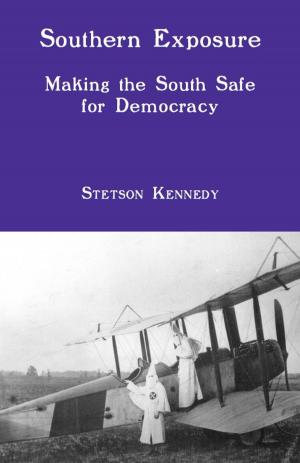Wings of Gold
An Account of Naval Aviation Training in World War II, The Correspondence of Aviation Cadet/Ensign Robert R. Rea
Nonfiction, History, Military, World War II, Science & Nature, Technology| Author: | ISBN: | 9780817390303 | |
| Publisher: | University of Alabama Press | Publication: | October 21, 2015 |
| Imprint: | University Alabama Press | Language: | English |
| Author: | |
| ISBN: | 9780817390303 |
| Publisher: | University of Alabama Press |
| Publication: | October 21, 2015 |
| Imprint: | University Alabama Press |
| Language: | English |
Wings of Gold makes a unique contribution to the history of naval aviation. The book sets out the day-to-day experiences and reactions of a cadet who went through the aviation training program at its peak during World War II. An emphasis on training is missing in almost all books dealing with that conflict; in this book, it is the focus. In contrast with official histories, this is an account of how training did occur, rather than how it was intended to occur. It chronicles failures as well as successes, frustrations and achievements. Beginning with a comprehensive introduction to the history of naval aviation training, the authors recount the personal experiences of an individual cadet preparing for war, based on wartime letters written by cadet Rea to his family. The letters are open and candid, and they provide an insider’s look at the conditions and nature of the Naval Aviation Training Program in the 1940s.
Millions of Americans underwent military training during World War II, and contemporary historians and readers have begun to recognize the significance and value of primary sources related not only to combat but also to training and preparedness.
Wings of Gold makes a unique contribution to the history of naval aviation. The book sets out the day-to-day experiences and reactions of a cadet who went through the aviation training program at its peak during World War II. An emphasis on training is missing in almost all books dealing with that conflict; in this book, it is the focus. In contrast with official histories, this is an account of how training did occur, rather than how it was intended to occur. It chronicles failures as well as successes, frustrations and achievements. Beginning with a comprehensive introduction to the history of naval aviation training, the authors recount the personal experiences of an individual cadet preparing for war, based on wartime letters written by cadet Rea to his family. The letters are open and candid, and they provide an insider’s look at the conditions and nature of the Naval Aviation Training Program in the 1940s.
Millions of Americans underwent military training during World War II, and contemporary historians and readers have begun to recognize the significance and value of primary sources related not only to combat but also to training and preparedness.















